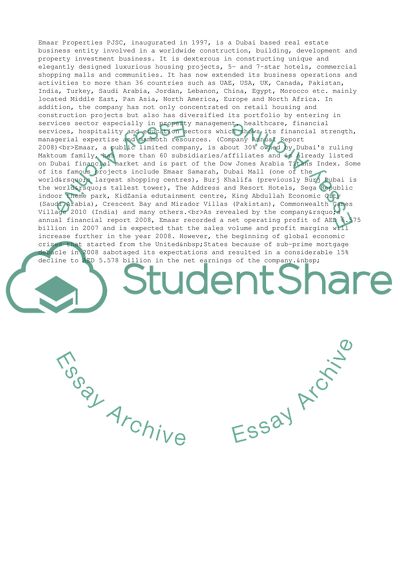Cite this document
(Emaar Properties PJSC 2009 Performance, Analysis of Emaars Strategic Research Paper, n.d.)
Emaar Properties PJSC 2009 Performance, Analysis of Emaars Strategic Research Paper. Retrieved from https://studentshare.org/management/1733374-emaar-audit-analysis
Emaar Properties PJSC 2009 Performance, Analysis of Emaars Strategic Research Paper. Retrieved from https://studentshare.org/management/1733374-emaar-audit-analysis
(Emaar Properties PJSC 2009 Performance, Analysis of Emaars Strategic Research Paper)
Emaar Properties PJSC 2009 Performance, Analysis of Emaars Strategic Research Paper. https://studentshare.org/management/1733374-emaar-audit-analysis.
Emaar Properties PJSC 2009 Performance, Analysis of Emaars Strategic Research Paper. https://studentshare.org/management/1733374-emaar-audit-analysis.
“Emaar Properties PJSC 2009 Performance, Analysis of Emaars Strategic Research Paper”, n.d. https://studentshare.org/management/1733374-emaar-audit-analysis.


